Five pictures that explain The Right Kind of White (a book that is out now!)
Let's celebrate by watching me age (also a first look at the book club discussion guide! and a playlist!)
Hey friends,
The Right Kind of White! A real live book! Out in the world !
That is not news to you all. If you’ve been around here for a while, you’ve heard about this book way back when it had a different name, back before it was an unabashed memoir, back when the whole proposition still felt like a question mark.
I’ve written about the book multiple times, not because I sensed that you all were clamoring for every little detail about the experience, but because it has been one important part of my life (along with parenting, maintaining and building so many other relationships, and trying to be a useful member of both a local and a global community). And if that’s the case, why wouldn’t I want to process it in this particular space?
Oh, this space.
This space, with all 10,000 of you, some of whom I know well, many of whom are strangers, some of whom are extremely loyal readers, others of whom are equally passionate email-deleters. I love this space. Is it silly that I trust this so much? Is that just the creators’ version of over-estimating parasocial relationships? Maybe, but then again, all the email replies, the thoughtful comments, the fun ridiculousness in the discord, the online-friends-turned-meet-in-person-friends, the sense that a whole lot of us are wrestling with the same questions of how to live a live of connection in a world of disconnection… I didn’t make all that up.
So thank you, friends. For being here, either for a day or for many years. And thanks for keeping both me and The Right Kind of White company as we both grew up together.
Now that we’re here, can I share some pictures with you?
This is my best attempt to tell the story of the book. If they don’t make sense now, I hope they will after you read it.
IMAGE ONE: The Black Studies shelf of my beloved local bookstore (Boswell Books)
Wait! This is an odd image to lead with, since I’m talking to you all about a book that is, quite pointedly, about White people. Here’s a wild fact, though. Through no fault of my publisher, do you know the BISAC category in which my book is currently classified? “African American Studies” (Amazon even has it listed under “African American Biographies”). Yikes!
Now, my book is also classified as “memoir,” so there’s a high likelihood that’s going to be where my book is shelved in bookstores. But I wouldn’t be surprised if it also shows up on shelves such as this. Huh, right?
A few things here:
I just want to state for the record, in case it has not been clear to longtime readers of this newsletter: I’m White! Not Black!
Putting aside all of the layers of why it’s problematic that “African American Studies” is often a default category for any book that wrestles with race (there are BISAC sub-categories for Asian American, Latino, Middle Eastern and Native American studies, but it’s still telling of the binary box that American conversations about race often get put into), if you were wondering “wait, is there a category for “Whiteness Studies,” the answer is no.
That’s interesting, isn’t it? And not in a faux-reverse-racism “White people should get our category too!” way, but in the assumption behind it— that a group of people bound under a shared identity of dominance and privilege has nothing to understand about ourselves, no stories about our relationship to that identity worth wrestling with, and no internal work to do.
Again: huh!
I share this image because it was core to the reason why a White writer (me) and a Black editor (Yahdon Israel) took on this project together. We didn’t want to write a “White people, do better” jeremiad. We wanted a book that told a single story of Whiteness seeing itself in the mirror and, rather than looking away, maintaining our gaze. We think that, much more than a book of instructions, that there is immense value in modeling that form of storytelling for White people. Our hope is that it inspires a lot more sharing— in writing, but more so in community circles.
We hope! But also! We’re conscious of the fact that, though there are tremendously insightful and introspective books about Whiteness, that there’s still not a ton of context out there for a book like this.
Hence, the (very inaccurate) current categorization. Such a beautiful shelf, and one that I very firmly do not belong on.
IMAGE TWO: The old Humphrey Drug store (Doland, South Dakota)
If there’s one thing I’ve learned over the course of writing this book, it’s that nobody will ever care about Hubert Humphrey as much as I do. So while the pride of Doland IS mentioned in the book, I promise that there are not overwhelming levels of Humphrey (now, with that said, if any of you want the “Humphrey cut” of the book, with twenty extra pages about the former Vice President, hit me up). What is interesting, though, is the stories we tell ourselves to justify the paths our lives take— especially when we find ourselves deeply complicit with systems we thought we’d work to oppose. My self-mythology may lean more heavily on a little town in East River, South Dakota (and that town’s specific batch of Great White Hopes) than yours does, but that doesn’t mean that we’re not all out here telling stories.
IMAGE THREE: My mom and I (Clancy, MT, 1984)
I missed the memo that a memoir is a great excuse to look back at a life of missteps and blame your parents. Unfortunately for my career as a memoirist, Jane and Dan Bucks are second-to-none— both as parents and as thoughtful, conscious, community members. And that’s a big part of the book, a wrestling with a set of patterns I fell (and fall) into not because of any crimes of omission or commission on my parents’ part, but because of a particular relationship to Whiteness, maleness and class that went way deeper than any correct lesson I learned in various books about socialism or feminism or anti-racism.
But also: I think you’ll enjoy reading about my parents, as they are delightful (as is my wife and, even though they’re very young in the sections covered in the book, my kids too).
very kindly claims that I write about relationships in a way she’s rarely seen from a White cis man, and that means a lot to me because jeez am I grateful for so many relationships.Also, I love this kid.That’s an important part of memoir too, or so I learned: Loving that kid you’re writing about.
IMAGE FOUR: Me at twenty two (Crownpoint, New Mexico, 2003)
My dad took this picture, not long before I dropped him off at the Albuquerque International Support and I had to just… live my life as an adult? As a fifth grade teacher? A young, do-gooder White guy teacher at that? On the Navajo Nation?
I look so scared. I look so windswept, and not in a movie star way, but in a “Crownpoint, New Mexico is really windy” way. I look like I had recently gotten a haircut to try to appear older. I look like I’m both proud and embarrassed by the t-shirt I’m wearing from the anti-globalization conference/protest I had planned the previous summer. I love this kid too.
IMAGE FIVE: Me and my kids, walking on a temporarily pedestrianized street in our neighborhood (Milwaukee, WI, 2020)
You know how I said there wasn’t a checklist at the end of the book? That might be a bummer for some readers. Probably for some of you! And I love that many are going to want a checklist— that desire speaks to a longing for action, for connection, for desperately wanting a better world than this one.
As I think you’ll discover, though, offering that kind of ending would have been contrary to the spirit of the book. Instead, I finish with a glimpse at what I ended up longing for and where that longing took me. And yes, there are plenty of ways that you can fill in that ellipsis (it’s often present here in this newsletter, and definitely lives in my Barnraisers trainings), but I hope you also experience as an invitation. “Here’s where all this led me, but what about you? What do you need after reading this book? What does it make you want to do? And with whom?”
One thing I will share about that longing at the end of the narrative: It feels a bit like this picture of me and my kids, masked and scared, missing my wife (who was at work, at the hospital, trying to plug the dam). All four of us were wrestling with a reality of unimaginable pain and disconnection, but also, right in front of our eyes, there it is: another world of potential and delight, there for the imagining. We didn’t know that a neighbor was taking this picture. We definitely didn’t know that neighbor was a parks’ department employee who was central to making the pedestrianized street a reality.
I love this picture. And I really love those two kids. But not just those two kids.
BONUS: A discussion guide!
Remember when I said that my greatest hope for this book is that it lives in community? I think I said that, anyway. Well, I want to do everything I can to help make that true. And that means, of course, that if you have an idea for how a group with which you’re affiliated might engage with the book, holler at me. Let’s talk.
But also, it means that we (myself and Danielle Priellipp, the Simon and Schuster Marketing Director who is the source of every aesthetically pleasing image related to this book) put together this discussion guide for y’alls book clubs/church and synagogue social justice team/workplace White affinity group/chill bonfire neighbor hangout/whatever! I hope it’s helpful!
Extra Bonus: Did you think I wasn’t going to make you a mixtape?
Enjoy! I’ve fiddled with this far more than I should have. Some of these songs show up explicitly in the text, others are there in the shadows. Taken together, there’s a story here.
And of course, as always, I am grateful for any support you can give!
You can help The Right Kind of White (and me)…
By pre-ordering the audio version of it (which I narrated)!
By filling out this little survey after pre-ordering so that I can send you a thank you gift!
[For those of you who’ve already read it] by reviewing on Goodreads or Amazon [is it a good thing that both of these sites have so much algorithimical power over a book’s success? Probably not! But that’s where we are]!
By requesting it from your local library!
By coming to an event (more coming soon)! Update: If you’ve got kids, bring ‘em! I’ve got some fun surprises to help make the whole event less boring-as-sin for the younger set.
In Milwaukee! Friday, March 22nd, 6:30 PM at Boswell Books [Free but RSVP here].
In Missoula, MT! Tuesday, March 26th, 7:00 PM at Shakespeare and Company.
In LaCrosse, WI! Thursday April 11th, 6:30 PM at Pearl Street Books.
In Omaha, NE! [With newly minted New York Times Bestseller Lyz Lenz!] Wednesday April 17th, 5:30 PM at Pageturners Lounge.
In Minneapolis, MN! [TBD but likely May 23rd… stay tuned].
In other places (stay tuned Lynchburg, VA, Washington D.C., Portland, OR and many more).
By filling out this survey [(if you’re part of an organization or group that would like to host a workshop with me (and do a book event as part of it)].
By choosing the Right Kind of White for Oprah’s book club [note: I am learning this action is only applicable if you, personally, are Oprah Winfrey]!
By sharing this newsletter with others and/or becoming a subscriber!
By telling me about a gift that has recently come your way (just send me an email! I’d love to both celebrate and hear about whether it was hard to just recognize that gift).

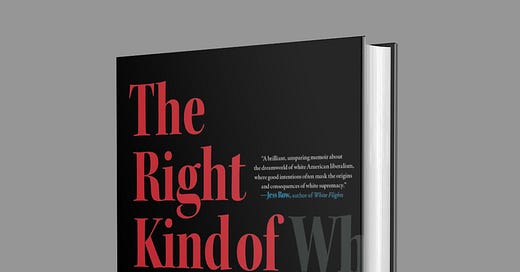



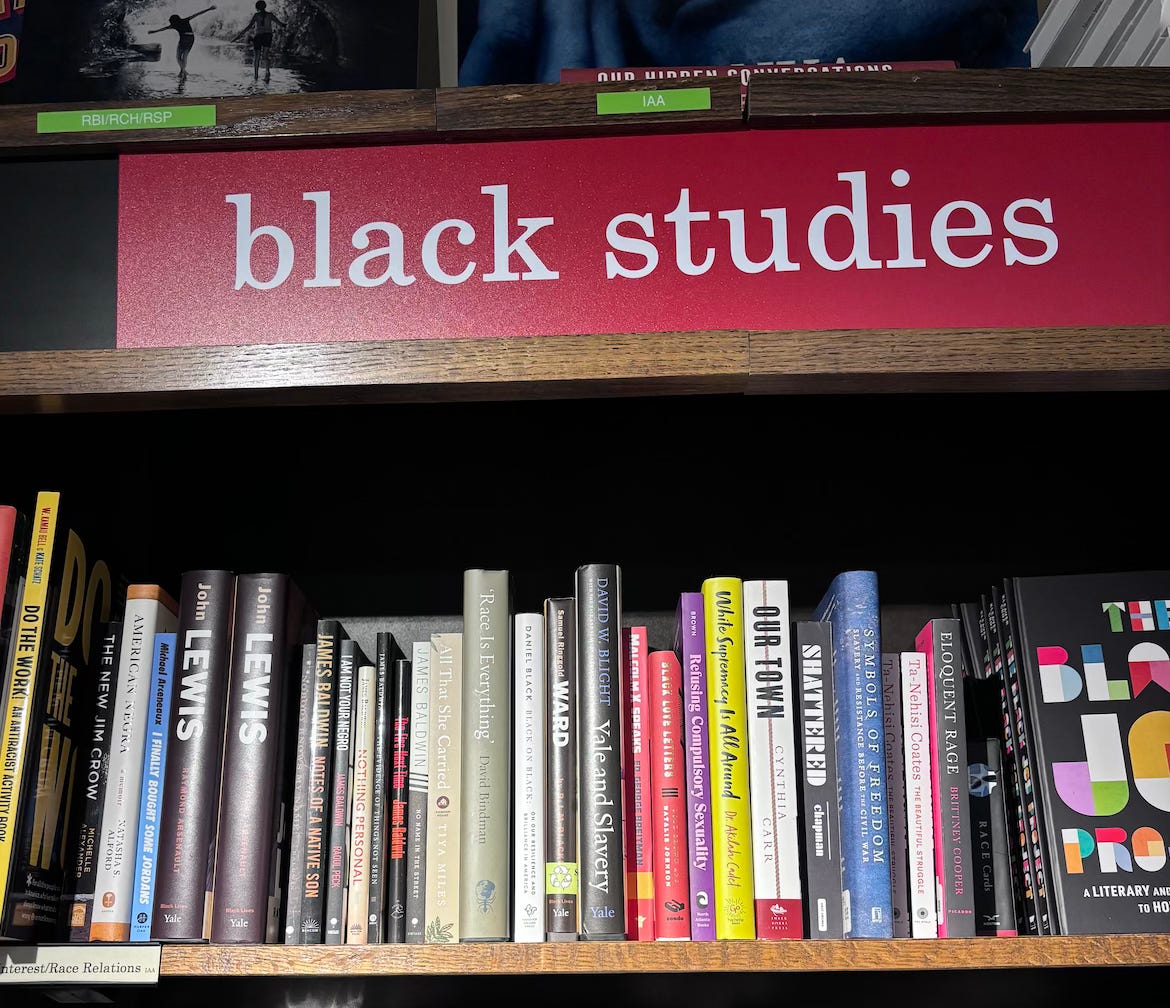
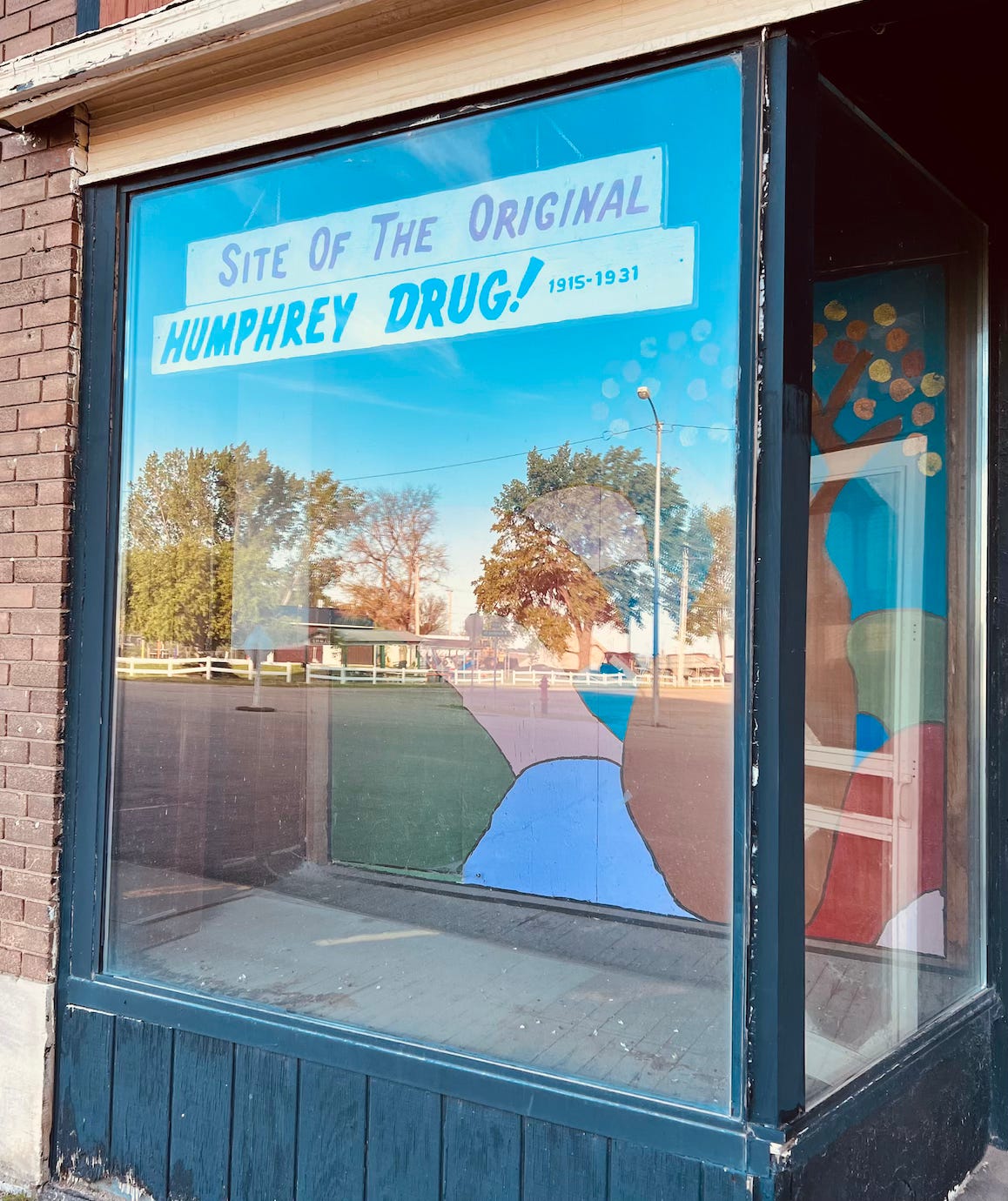
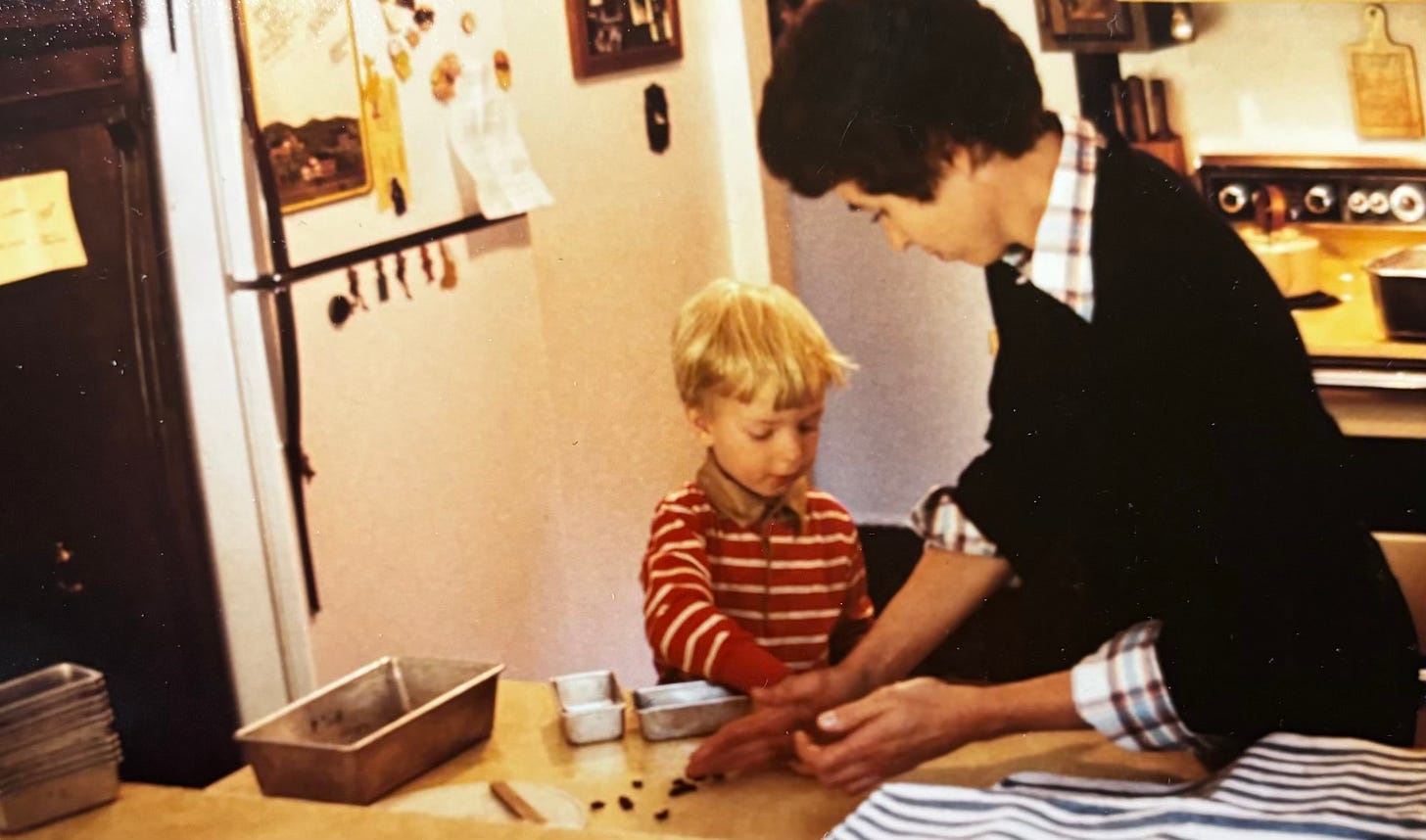
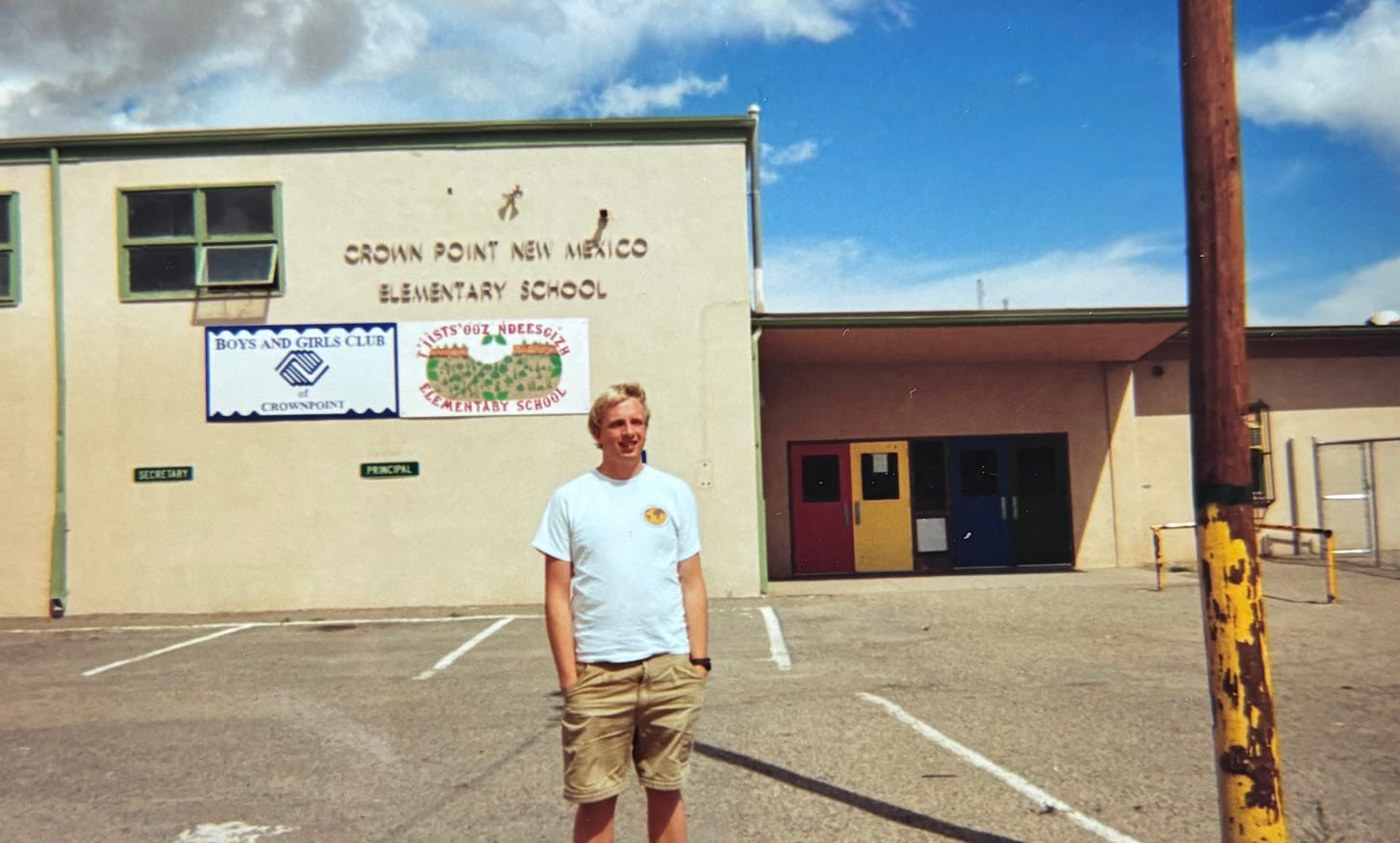
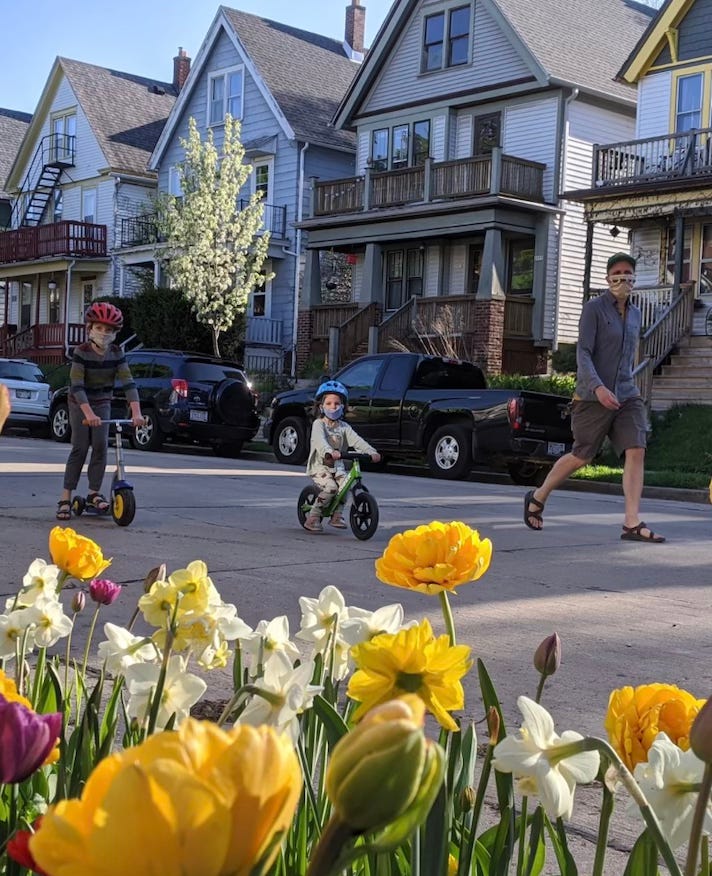
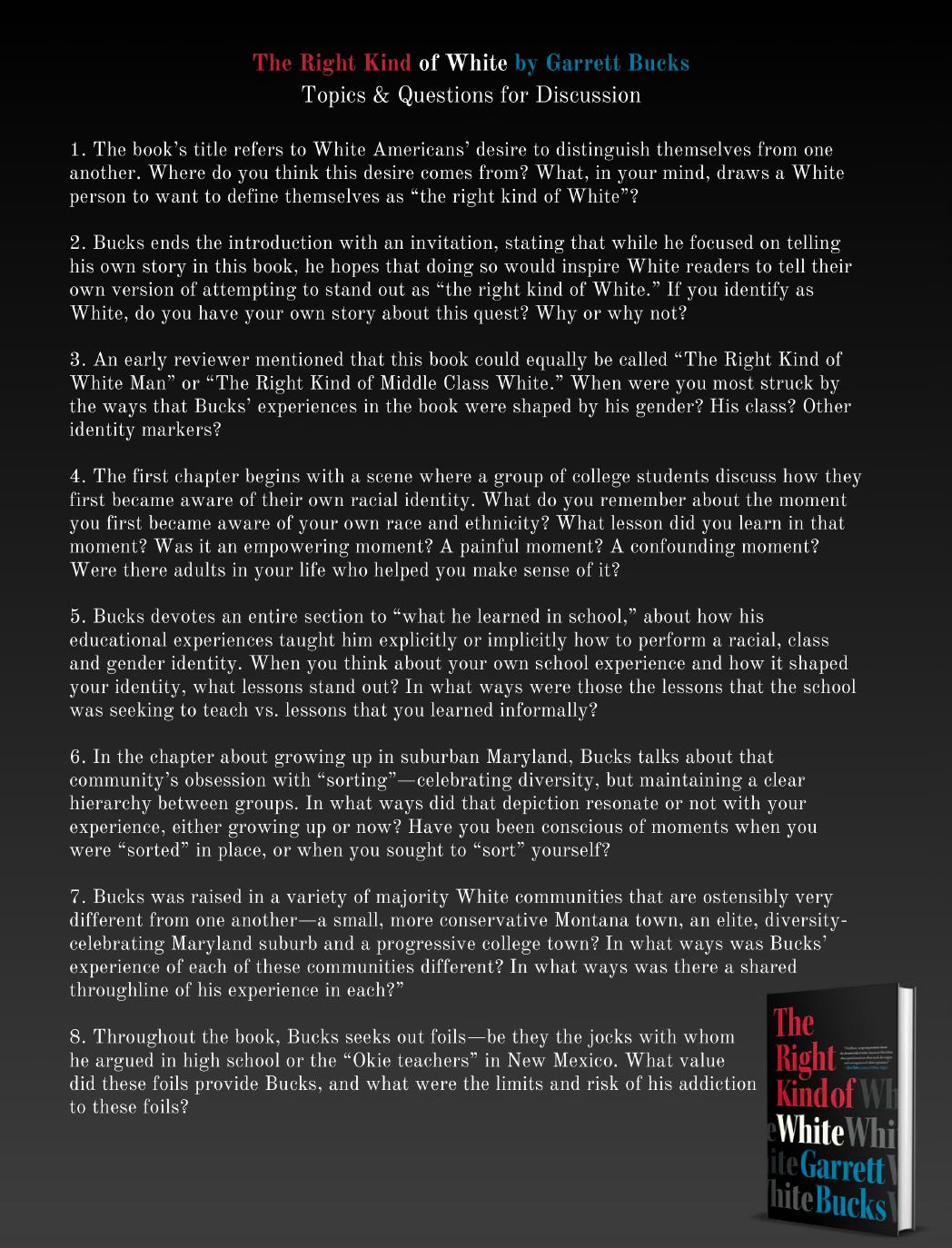
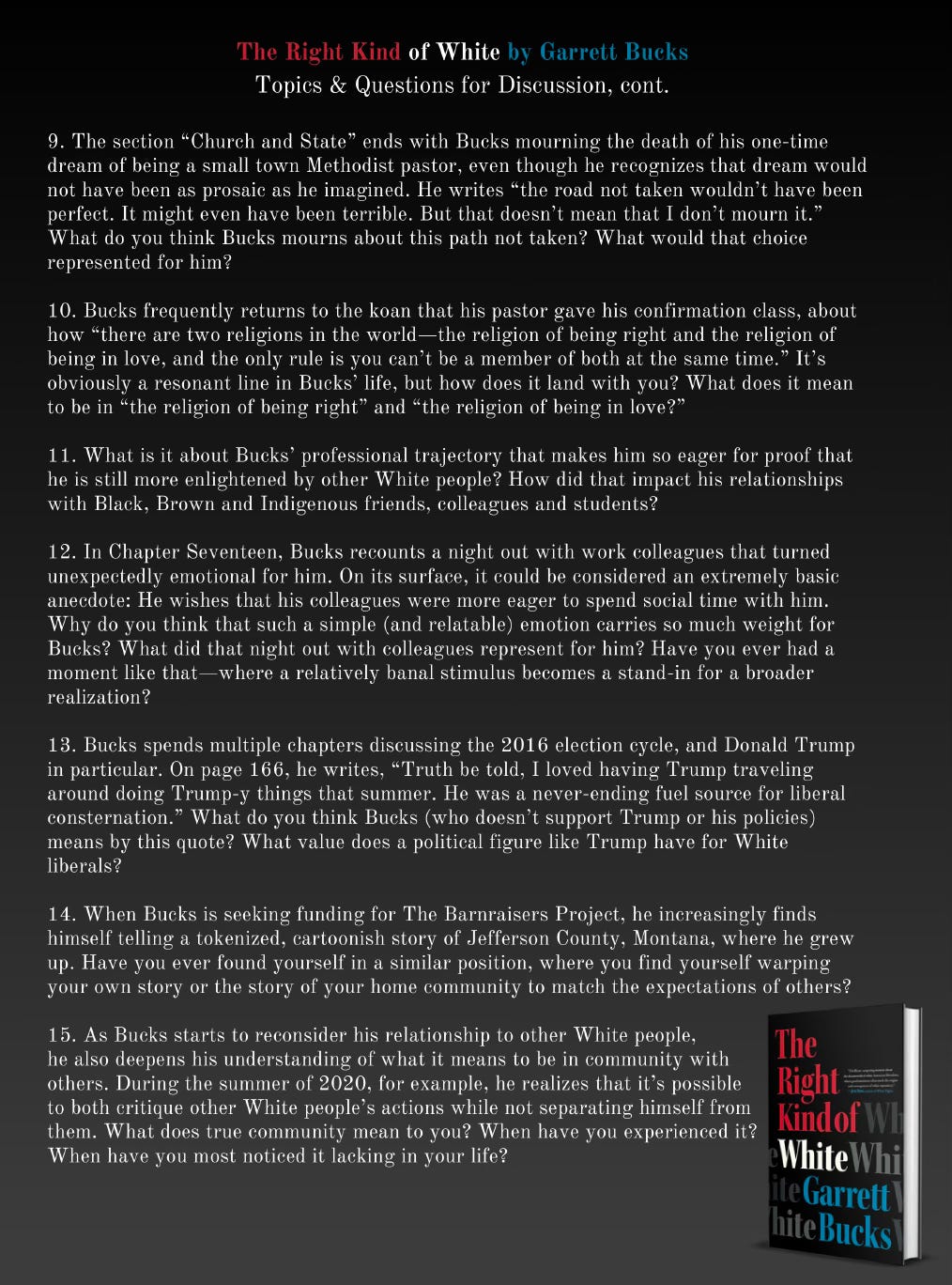
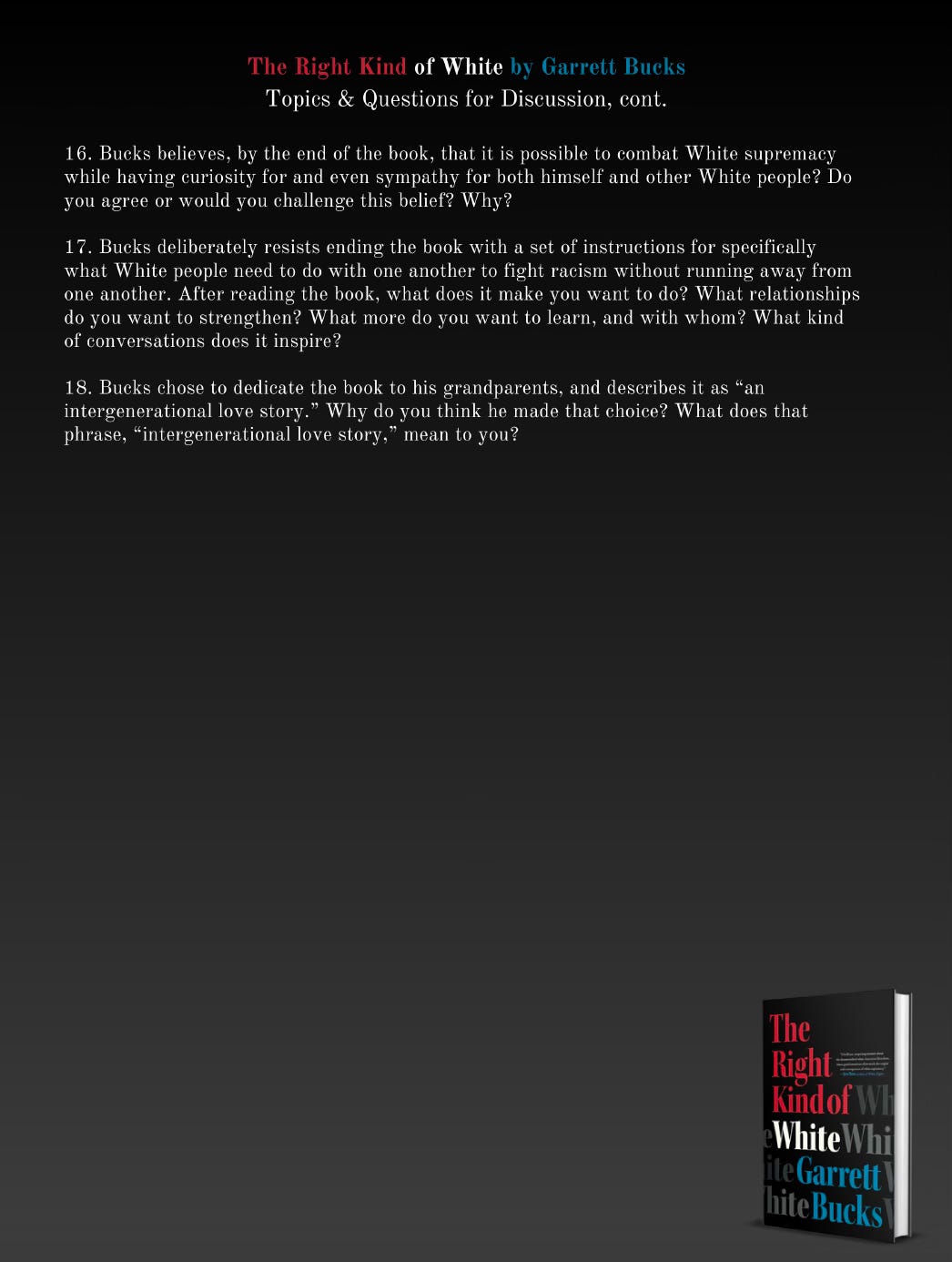
I bought the book this morning at Village Books in Bellingham WA — it is so new they had to find it for me on a “to be shelved” cart (it will be shelved in Cultural Criticism). We sat down during cocktail hour and I opened it — and I’m on Chapter 5. I knew from the newsletter that you can write but I didn’t know just how well you can tell a story. It is so compelling, just sucked me in. Full disclosure: I am a White from MN, raised by Goldwater Republicans in a Presbyterian church, but started figuring out who I was at a small Lutheran college in rural MN where the faculty definitely leaned left. Maybe we’ll watch a movie tonight, probably I’ll read more. Well done, Garrett, so well done.
Congratulations! I look forward to discussing this in a book club I hope to put together once I’m back in an anglophone environment this fall. But I also hope for a translation into German by a translator who doesn’t read white supremacy & destruction of community as a distinctly American problem (I’ve been told by some locals they distract themselves from their problems by deflecting to how racist and violent it is in the US, but then I read https://www.dw.com/en/the-silent-pandemic-loneliness-a-threat-to-democracy/a-68513591 & https://www.dw.com/en/germany-battles-growing-crack-and-fentanyl-crisis/a-68512680; it’s all too sad and similar).